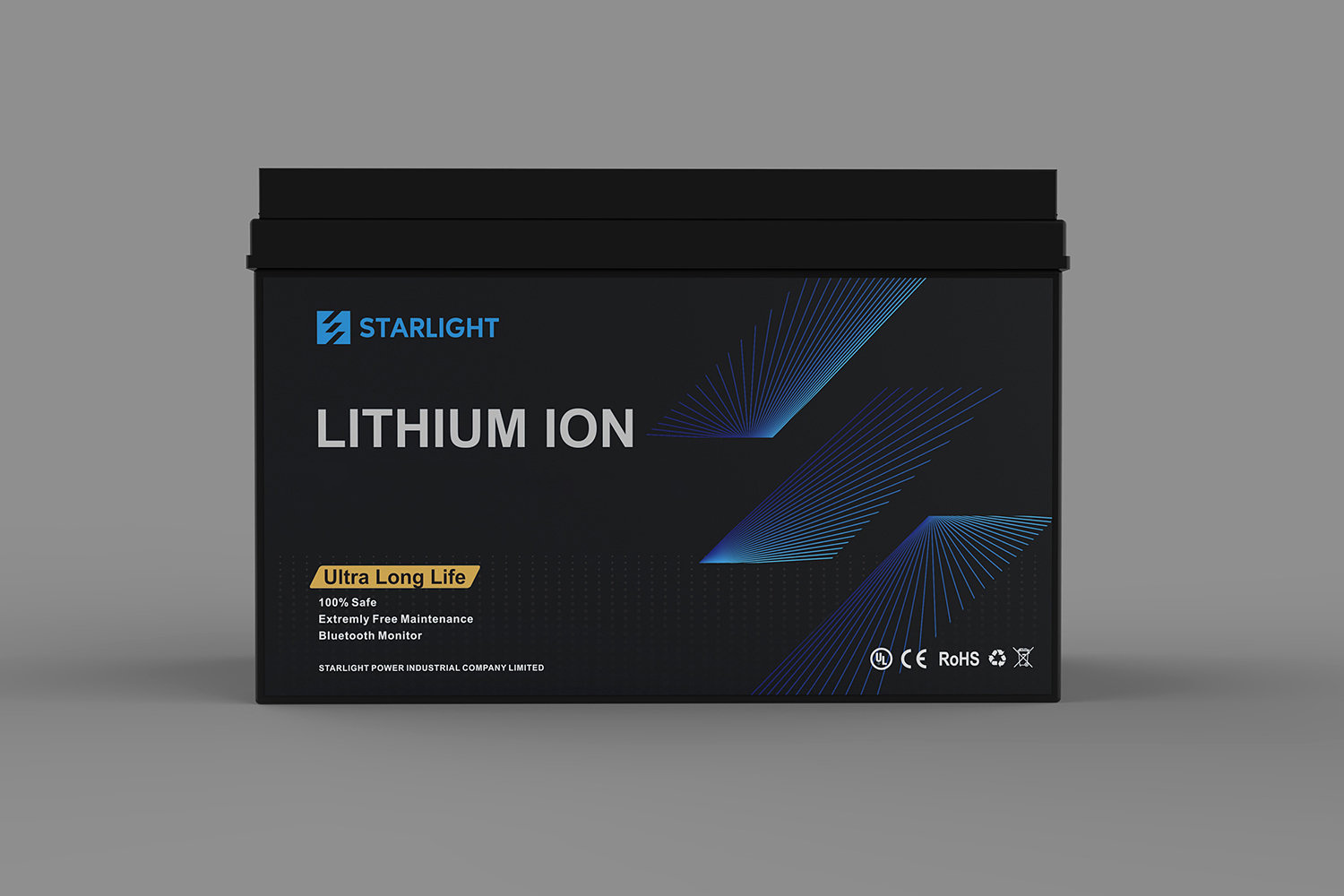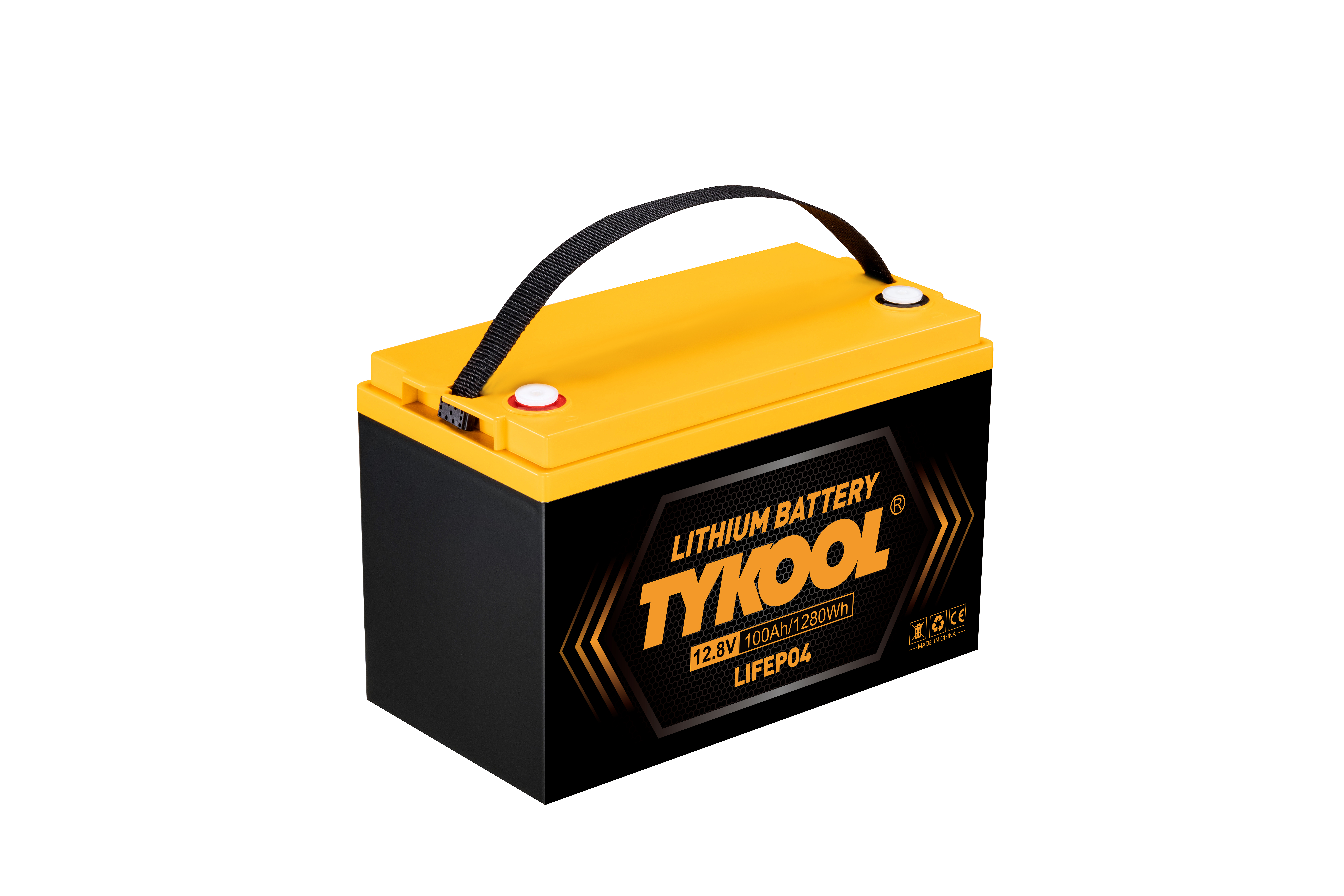In the realm of battery technology, Lithium Iron Phosphate (LiFePO4) batteries are rapidly gaining traction, offering a myriad of advantages over conventional lead battery types.
LiFePO4 batteries are currently the best lithium batteries. But for those who are new to this technology, they often ask, "What are the benefits or advantages of lithium iron phosphate batteries?" "What is the cycle life of LiFePO4 batteries?" "How do I measure the battery cycle life?".
This article will discuss the core advantages, cycle life, and factors affecting the performance of LiFePO4 batteries.
Content
1. Durability and Reliability
2. Lightweight Design (only 1/3 of lead acid batteries)
3. Low Self-Discharge Rate (<3%/month)
4. High Energy Density
5. Fast Charging Rates Compared to Lead Acid Batteries
6. No Memory Effect
7. Minimal Impact of Depth of Discharge
8. Extended Service Life and Maintenance-Free
9. Energy Efficiency
10. Strong Ability To Hold A Charge
11. Safety
12. Performance in Extreme Weather Conditions
13. Environmental Benefits (complies with European RoHS requirements)
How Many Cycles Do LiFePO4 Last?
What Factors Impact LiFePO4 Battery Life?
How Do You Calculate The Life Cycle Of A Lithium Battery?
Applications of Lithium Batteries
Starlight Solar LiFePO4 battery
Staglight LFP Battery for start-stop vehicle
Starlight LFP Battery for powerports,atv,utv,mover
Durability is where LiFePO4 batteries truly excel. Products like the Starlight LFP Battery exemplify the robustness and reliability of this technology, boasting a long service life that reduces the need for frequent replacements. This durability, combined with minimal maintenance requirements, underscores the practical and economic benefits of LiFePO4 batteries.
One of the most immediate benefits of LiFePO4 batteries is their lightweight nature. The weight of lithium iron phosphate batteries is only about one-third of the weight of lead-acid batteries. This makes them particularly suitable for mobile applications where weight savings are crucial, such as start-stop vehicles, powersports, RVs, leisure boats,small commercial vessels and portable electronics. So for users who pursue size and weight, choosing lithium iron phosphate is a good investment.
The low self-discharge rate of LiFePO4 batteries is a standout feature, about monthly self discharge rate of<3%, ensuring a longer shelf life and readiness for use even after extended storage periods. This quality makes them ideal for seasonal or emergency applications.
With a high energy density, LiFePO4 batteries can store more energy per unit of weight compared to many other types of batteries. This advantage supports their use in energy-intensive applications while keeping the battery size compact.
The ability to charge rapidly is another hallmark of LiFePO4 technology. The charging time of a battery is faster than that of lead-acid or other lithium batteries, and the charging speed of a lithium battery is about five times that of a lead-acid battery. Fast charging minimizes downtime and enhances the efficiency of operations, particularly in commercial and industrial settings.
LiFePO4 batteries are free from the memory effect that plagues some battery chemistries, allowing for partial charges without affecting the battery's performance or capacity. This flexibility suits a wide range of usage patterns.
The usage lifespan of LiFePO4 batteries is minimally affected by the depth of discharge. This resilience allows for deep discharges without significant degradation, optimizing their energy utilization.
The extended service life and maintenance-free nature of LiFePO4 batteries reduce the total cost of ownership and operational hassle, making them a convenient choice for both consumers and businesses. Lead acid batteries require special maintenance. Otherwise, their lifespan will be shortened even more.
The energy density of LiFePO4 batteries is another significant advantage. They can store more energy in a smaller space, making them ideal for weight-sensitive applications. Furthermore, their ability to deliver consistent power output until fully discharged translates into more efficient energy use.
LiFePO4 batteries excel in retaining charge, significantly outperforming other battery types in terms of energy conservation over periods of inactivity. This characteristic ensures readiness and reliability, especially in critical applications requiring immediate power.
Unlike traditional lithium-ion batteries, LiFePO4 batteries are much less prone to overheating and do not catch fire easily, thanks to their stable chemical composition. This makes them a safer choice for a wide range of applications, from electric vehicles to home energy storage systems. Incorporating Battery Management Systems (BMS), LiFePO4 batteries offer enhanced safety features, protecting against overcharging, deep discharging, and thermal runaway. This system ensures stable and safe operation across various conditions.
LiFePO4 batteries are capable of operating in extreme weather conditions, maintaining performance in both high and low temperatures. This robustness ensures reliability in critical applications and harsh environments.
LiFePO4 batteries also shine in their minimal environmental impact. Being made of non-toxic materials, these batteries do not pose the same environmental hazards as their lead-acid or nickel-cadmium counterparts. This aspect aligns well with the growing global emphasis on sustainability and environmental preservation. And Complies with European RoHS requirements.
On average, LiFePO4 batteries can last between 2,000 to 6,000 cycles, with some brands like Starlight Battery potentially exceeding these figures under optimal conditions. This translates to years of reliable service, significantly surpassing the longevity of traditional battery technologies.
Many non branded battery manufacturers claim that their cycle life is very long. However, even if kept in their original state, these batteries rarely reach their service life. So it is very important to carefully select lithium battery manufacturers and suppliers, not only considering price factors, but also considering the true quality of the products.
Several factors influence the lifespan of LiFePO4 batteries, including battery type, charge rate, temperature exposure, depth of discharge(DoD), Usage pattern and product component quality. Maintaining batteries within their recommended temperature range and avoiding deep discharges can help maximize their life cycle.
At present, we have no practical way to measure the cycle life of batteries. But we can calculate the battery running time to understand the cycle life, which first requires us to find the watt hours of the battery. Calculating the life cycle of LiFePO4 batteries involves monitoring the number of complete charge-discharge cycles they undergo while noting any capacity loss over time. This calculation is crucial for understanding the long-term value of these batteries, especially for applications requiring dependable long-term energy storage.


Taking Starlight Power's 12v 100Ah lithium battery(depth of discharge of 80%)as an example,
To calculate the battery running time, you can divide the available power by the applied load.
Their combination of safety, efficiency, and longevity positions them as a key player in the future of battery technology.
The LiFePO4 Battery Advantages make them an increasingly popular choice for those seeking reliable, efficient, and environmentally friendly energy storage solutions. With advancements like the Starlight LFP Battery, the future of LiFePO4 technology looks promising, poised to meet the growing demand for sustainable and safe battery options.